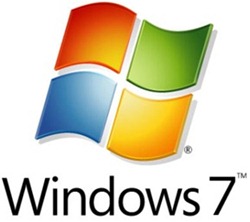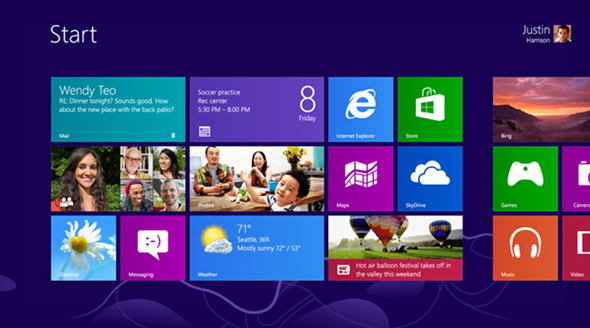If you’re using a desktop computer and it is powered by Windows 7, then you and your computer are now, almost three years after its release in late 2009, part of the majority. Yes, according to the latest statistics, Windows 7 is the most popular desktop operating system today. Check out the details after the jump.
The news comes from the folks over at ZDNet in the form of a report in which they discuss figures released by Netmarketshare. Netmarketshare’s figures are based on web-based traffic from all over the world, including countries like China where illegally-obtained desktop operating systems are used widely.
Now, their August 2012 figures put Windows 7 as having 42.76% of the desktop market share and Windows XP at 42.52%. The rest is shared by Vista (6.15%), OS X (2.45%) with the 3.74% shared by other systems including iOS, Android and Linux.

The reason for Windows 7’s slow adoption rate is mostly due to the way large corporations handle major upgrades; shifting to Windows 7 across all of its computers is a gigantic task for any IT department.
This is of course great news for Microsoft since supporting an operating system from 2001 uses precious resources.
The next big challenge for Microsoft now is to get people to upgrade to Windows 8. Windows 8 was released to manufacturing four weeks ago, with multiple public previews pushed before; the reaction so far is quite mixed. People are miffed by Microsoft’s insistence on pushing the touch screen oriented Metro on desktop users who have been using the precise mouse and keyboard input system.

Unlike Apple, Microsoft believes in a unified operating system. Windows 8 works not only on desktops, but also on touch screen devices (tablets will be using Windows RT). Upcoming mobile operating system Windows Phone 8 shares part of Windows 8’s code as well.
I haven’t used Windows 8 yet so I’ll reserve my own opinion for later, perhaps in the form of a proper review.
Which operating system are you on? Are part of the 42.76%? Do you intend to upgrade to Windows 8? Let us know by leaving a comment over on our Facebook and Google+ page.
You can follow us on Twitter, add us to your circle on Google+ or like our Facebook page to keep yourself updated on all the latest from Microsoft, Google, Apple and the web.

